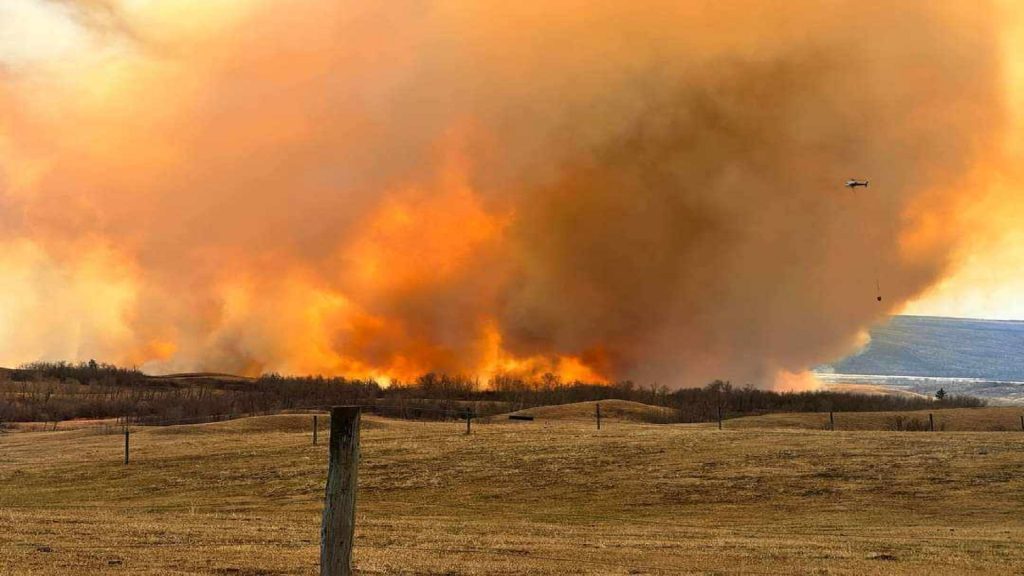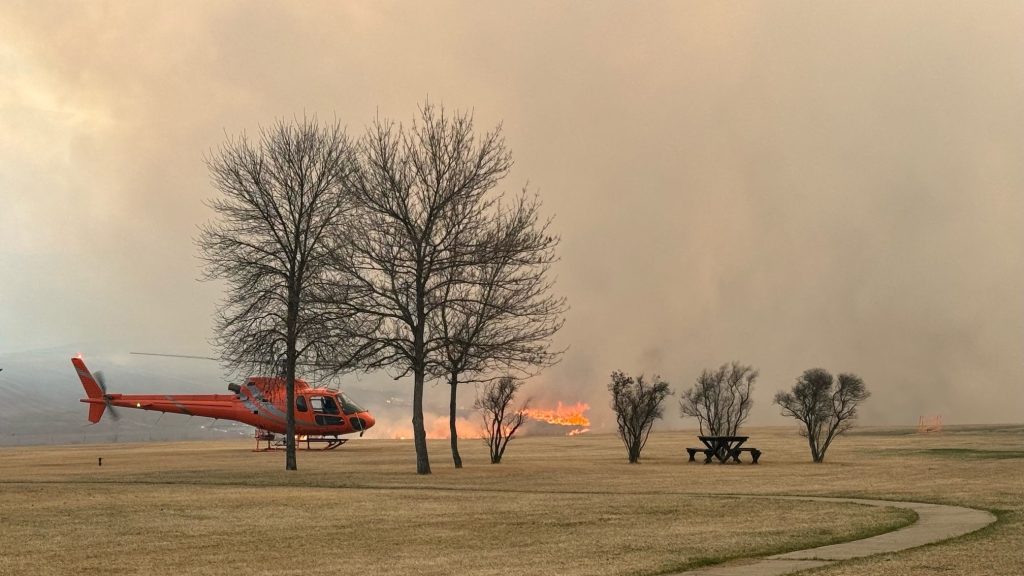City still recovering from 2013 flood; focus on “moderate priority” work
Posted Jun 23, 2017 9:06 am.
This article is more than 5 years old.
Four years after what is considered Alberta’s worst ever flood, the City of Calgary remains dedicated to breakwater improvement and future water level protection.
Some communities in Alberta hardly look or feel the same as they did before the 2013 flood, and Calgary, though busy and thriving, is no different.
“We very much took all of the lessons of the 2013 and embedded those into, not just our infrastructure plans, but also our emergency operations and response plans,” Frank Frigo, Watershed Analysis Leader with Water Resources in Calgary, told 660 NEWS.
Improvements could continue through 2024, when the province’s $15-million annual contribution to recovery dries up.
“There are a couple of significant bridge construction projects,” Frigo said, “and one of the important things about new bridges is that we are designing them to be less restrictive in general, than their predecessors were.”
He notes Inglewood’s 12 Street bridge is a good example. “That’s being replaced with a new structure that will be hydraulically leaner and allow water to pass at even lower rates, be more hydraulically efficient,” he said.
Officials estimate about 20 per cent of the city’s bank length was damaged in a way that impacted critical infrastructure during the flood. But also, changes, over the past four years, have reduced the risk of future damage by about 30 per cent, or $52-million.
Frigo confirmed much of the high priority repairs are complete, and the focus has turned to moderate-risk mitigation, “where work is required, but the impacts, and the potential infrastructure that might be impacted, might be a pathway versus an important electrical or water service utility, or major roadway.”
Other projects include feature gravel accumulation reduction and maintenance. “In and of themselves,” Frigo said, referring to gravel buildups, “[they] are not overly problematic, but these gravel bars are of such a material and such elevations that they will become basically covered with plants, basically terrestrial over time.”
Water levels along the Bow River and the Elbow River were no where near risk of flooding, Friday morning.










